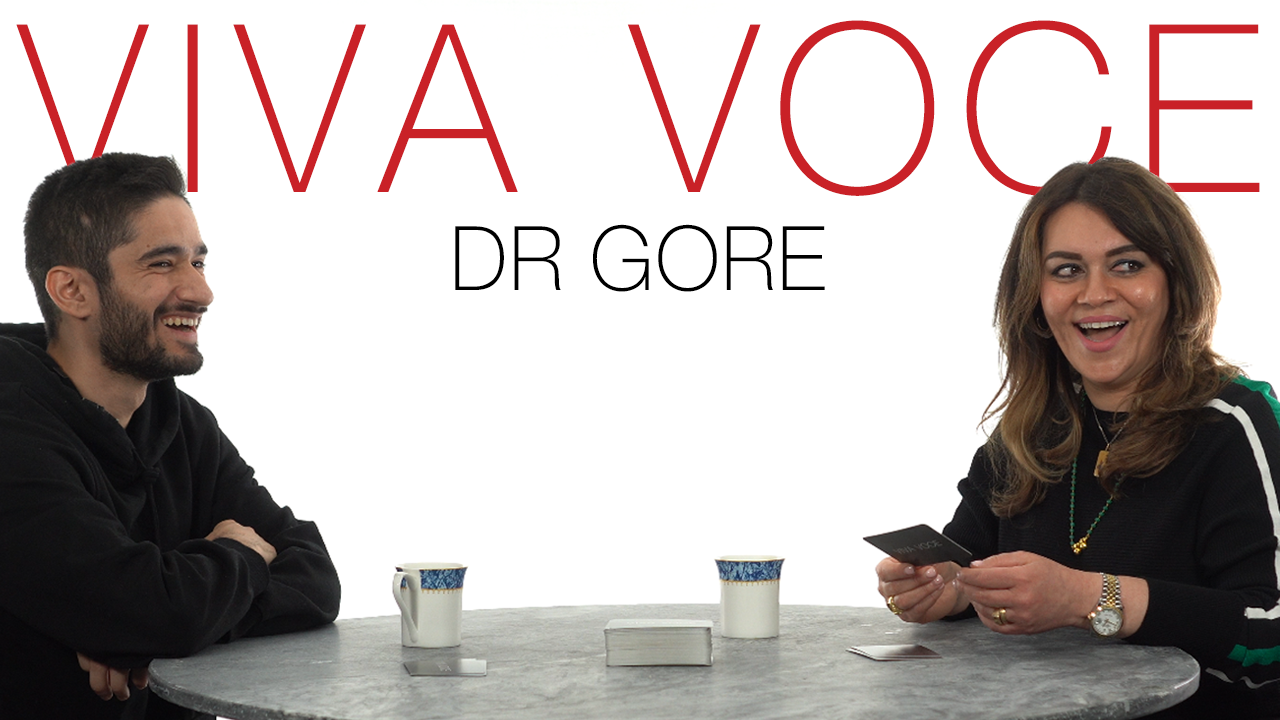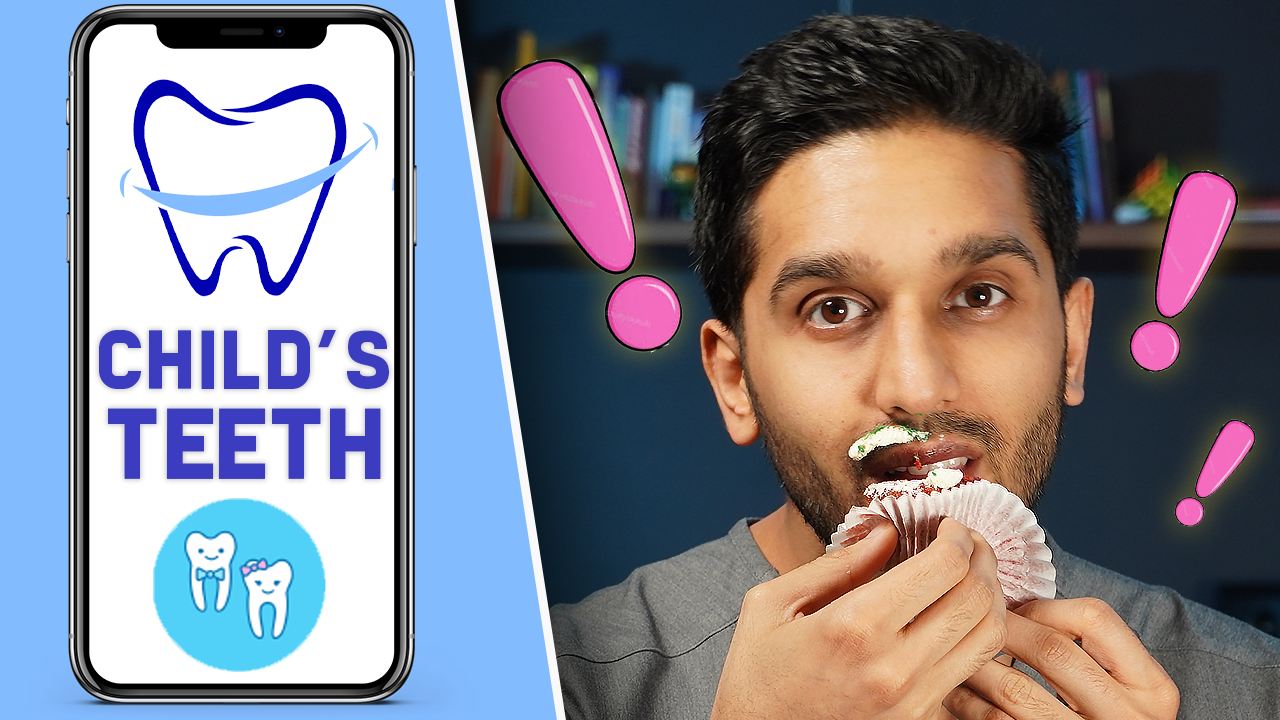If you prefer videos, watch the youtube video where we cover what every dentist should know when it comes to giving your patients the option of getting implants, how to deal with patients who present with implants and periimplantitis and we’ll finish off by discussing the different journeys a dentist can take to being able to provide implants for their patients.
We’re honoured to have been joined by the amazing Award winning dentist Dr. Anoushiravan Ariakish who is the director of the award winning practice White Rose Dental Studio and has over 25 years of clinical experience with a masters in periodontology and a special interest in the diagnosis and treatment of peri-implantitis.
This is in the form of a Q&A where I will ask the questions and Dr. Ariakish answers! Keep reading!
What are the advantages of replacing a gap with an implant?
Dental implants allow the missing tooth gap to be restored without any attachment to the adjacent teeth therefore facilitating a more improved hygiene when compared to dental bridges or dentures. In addition an appropriately placed dental implant leads to less bone loss in the missing tooth space when compared to dentures. Dental implants can be placed without any involvement with the surrounding teeth eliminating the need for unnecessary tooth preparation immediate to the gaps. Implant are fixed titanium screws that fuse with the bone hence they become permanent fixtures as long as their health is maintained.
Is there a minimum or maximum age for getting implants?
There is no maximum age as long as the patient is fit and healthy and the surgical procedure is justifiable based on clinical guidelines. In terms of a minimum age, this is different for male and female patients. For a male patient it is advisable not to place implants below the age of 22 and for the female patient not below the age of 24, as the facial skeleton is still undergoing a growth process.
Let’s say a patient was a good candidate for an implant, typically how many sessions does it take to complete an implant treatment?
In general we need 6 sessions: The first session is the initial consultation and case assessment based on patient’s wishes and expectations. The assessment of the patient’s suitability for implant treatment would be carried out and a detailed discussion about risks and benefits of dental implant treatment and all available alternatives would take place. Impressions are taken to manufacture models of the patient’s upper and lower jaw for further planning and creation of surgical guides. Patients are then rereferred internally or externally for CBCT imaging. The second session is about presenting the treatment plan to the patient, having a detailed discussion about clinician’s thoughts and patient’s expectations and the final decision making. The third session is the surgical day when implants are placed, this is usually the longest appointment. The fourth session is a short review appointment at 1, 2 or 3 weeks after the surgery to assess the healing. The fifth and sixth sessions are generally 3 months after the surgical implant placement. This is when the clinician reassesses the implant and starts the process of crowning the implant. This phase normally takes between 2-4 weeks and is usually over 2 short appointments, so in general 6 appointments, one of which is the 2-3 hours long surgical implant placement. Now when you look at the detail of the implant treatment process, one would seriously question the credibility of some adverts on newspapers claiming implants in one day!!
How long does the healing take after an implant surgery?
In general, patients feel well and don’t have any pain after the surgery. Full healing of the soft tissues over the implant takes between 4-6 weeks and it takes approximately 3 months for the implant itself to achieve a biological connection with the surrounding bone and this process is called osseointegration.
Which cases or scenarios are NOT suitable for an implant?
Those that are not suitable usually present with underlying medical conditions that exist at the time of implant the treatment: conditions like uncontrolled diabetes, unstable periodontitis, cancer treatment, radiation therapy to the jaw area, medication history such as bisphosphonates or chemotherapy, a recent heart attack and that’s just to name a few but the clinician must take a full medical history and liaise with patient’s doctor if needed. Also contra-indicated to implant treatment includes patients with poor oral hygiene and those who do not comply with the oral hygiene instructions given by the clinician. Smoking is also a risk factor for implant health. Although smoking itself is not a contraindication for placement of dental implants, patients must be warned that they would be at higher risk of implant failure.
Now let’s talk about when patients present to a general dentist with an implant already, how should we assess a patient’s implant?
Well, we start with history taking and we should find out when the implant was placed as well as the full details about the implant like the brand name, material and surface characteristics of the implant. Arrangement to obtain the previous radiographs is desirable and a good practice. We should ask the patient if they have any symptoms in relation to the implant, we then visually inspect the soft tissues around the implant for signs of inflammation such as red & swollen gingival margins. Further on we should have two types of periodontal probes, plastic and metal probes available to measure the PPD’s around the implants which should not be more then 5 mm. At the same time there should not be any bleeding on probing at 6 points around the implants.
How do we deal with scaling around an implant?
Scaling around an implant should be performed with care not to breach the connective tissue attachment to the neck of the implant on a healthy implant. For implants made of titanium, titanium hand scales should be used. Systems using a mixture of air and abrasive particles have also been found effective.
When should we refer a patient with an implant and who should we be referring to?
As soon as you detect PPD’s of more than 5 mm and radiographic evidence of bone loss around an implant a referral to periodontist for a second opinion and treatment planning is a wise approach. This is also extremely important from a medicolegal aspect. Later on if this condition worsens or indeed if it stays the same but a diagnosis of periimplantitis established by another colleague you may find yourself responsible and criticised for failing to diagnose this important condition.
What is Peri-implantitis?
Periimplantitis is a bacterial inflammatory condition of the tissues surrounding a dental implant with loss of bone. It is important to note that in the presence of inflammation but absence of bone loss we are talking about periimplant mucositis which precedes periimplantitis.
What can cause it?
There are different causes, this could be a patient’s poor oral hygiene, incorrect placement of a dental implant, poor design of of the prosthetic aspect such as the bridge or crown supported by the implant, pre-existing and unstable periodontal disease and most commonly it is a patient who is non-compliant with the implant maintenance regime such as 3 monthly hygienist visits.
How can we diagnose it?
So, clinically, the signs are, PPDs of 5mm and more in addition to bleeding on probing. Radiographically: we would compare the baseline radiograph with the current radiograph and look for bone loss and in the absence of a baseline radiograph we would look for bone loss of 3mm or more to reach our diagnosis.
What are the symptoms of peri-implantitis?
Most patients will not complain of any symptoms, occasionally a patient might observe a suppuration which is a discharge often white or yellow in colour from the gingival margins surrounding an implant, in case of a mobile dental implant a diagnosis of implant failure is definitive in which case the implant must be removed as soon as possible.
What are the outcomes of treatment of periimplantitis?
Good question, this is something that experts are still talking about to reach a consensus. Obviously, the outcome is long-term survival of an osseointegrated implant, this is what we call an endpoint outcome however often we have to wait some years to find out about the outcomes of the treatment. In the case of dental implants we tend to look at surrogate outcomes which are markers demonstrating the resolution of inflammation such as marginal bleeding and reduction of the periimplant probing depths, radiographic bone fill of the peri-implant bony defect is also a desirable outcome. But I must emphasise that clinicians must focus on patients’ aesthetic expectations. To the clinician reduction of the pockets depths and radiographic bone may be a successful treatment outcome however sight of a few milimeters of an implant metallic body above the gum level in the mouth may not necessarily meet a patient’s expectations of a successful outcome.
What are the different routes that I can take to provide implants?
This ranges from self-training by means of private mentorship arrangements with experienced local mentors to participate in formal implant surgery training such as postgraduate certificate and diploma courses that can lead to an MSc award. You can also enroll on part-time or full-time MSc or MClindent in periodontology programmes available is various universities. Studying Periodontology gives you sound and important foundation training for placing implants. Establishing a good professional relationship with a local mentor is of paramount importance. You will a lot of support from case selection and early treatment planning to troubleshoot when things don’t go in line with the planned treatment.
Check out our other content
If you’re interested, feel free to check out our other Blogs, our Instagram page, or our YouTube channel for more.









